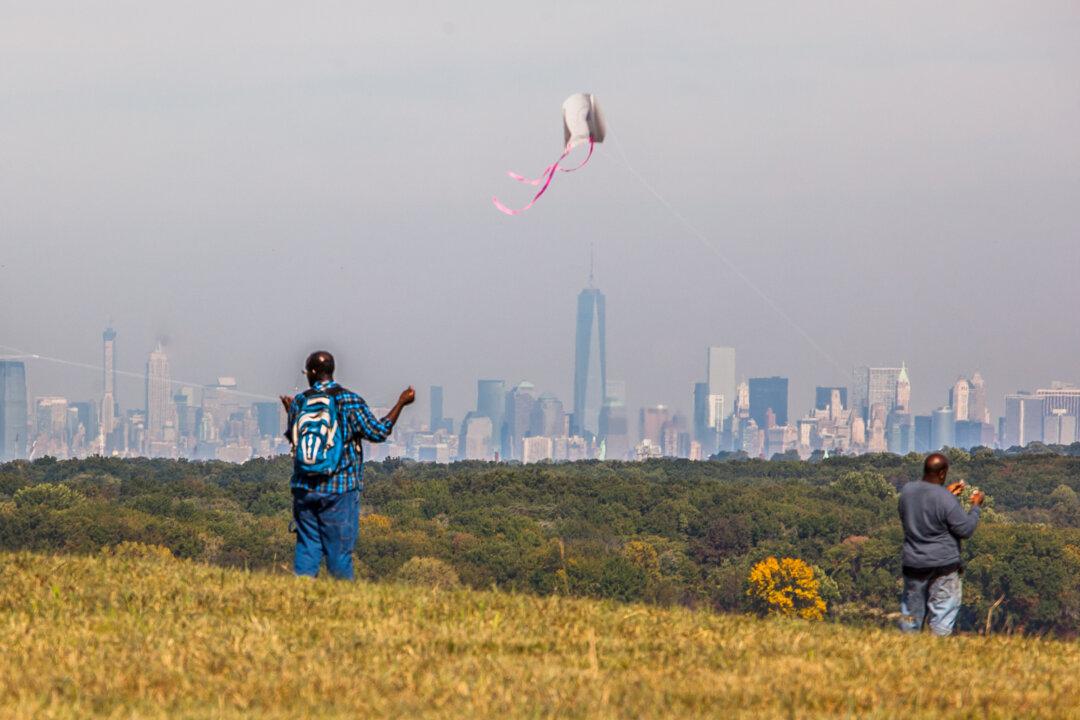NEW YORK—There was a time when a big chunk of Staten Islanders’ quality of life was determined by the direction of the wind.
Anna Wishko would walk outside her house near the Staten Island Mall and a sudden breeze would bring an unusual scent. “What is that?”
“Lemon?” she would think to herself.
Yes. There was a time when the government would perfume Staten Island’s air with lemon fragrance in a hopeless battle against the offensive odor of one of the largest garbage dumps our world has seen—the Fresh Kills Landfill.
“Robert Moses opened this site as a temporary landfill for three or four years,” said Marty Bellew, retired director of the Sanitation Department’s Bureau of Waste Disposal, stopping to talk as he climbed to the former landfill’s northern summit on a recent warm Sunday afternoon.
But perhaps not even the revered mid-20th century urban master builder Robert Moses could have foreseen that 3 years would become 13 years, and then 30. By the 1980s, the 2,200 acres of formerly estuarial marshes had trash piled in mounds over a hundred feet high, and the heaps were growing by 26,000 tons each day. Most of the city’s residential and commercial trash ended up at Fresh Kills.
Around that time, Bronx native Marty Bellew couldn’t find a job with his freshly obtained chemical engineering degree. And so he took a position loading trucks for the Sanitation Department instead. The temporary job quickly turned into a career. In just a few years, by 1987, Bellew was already a supervisor.
Under Commissioner Brendan Sexton, the Sanitation Department underwent a major change in the late 1980s—its first recycling project had just gotten underway.






